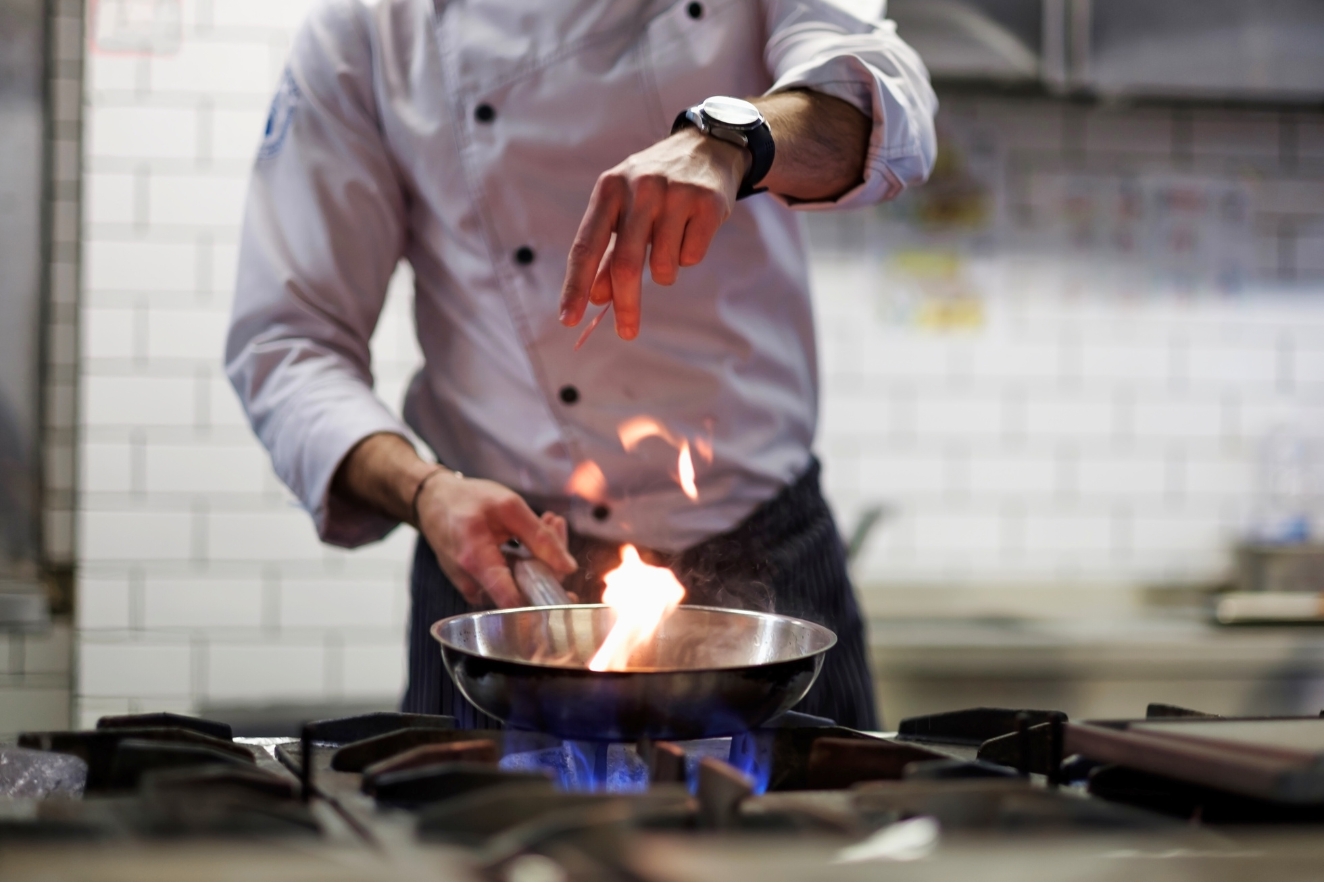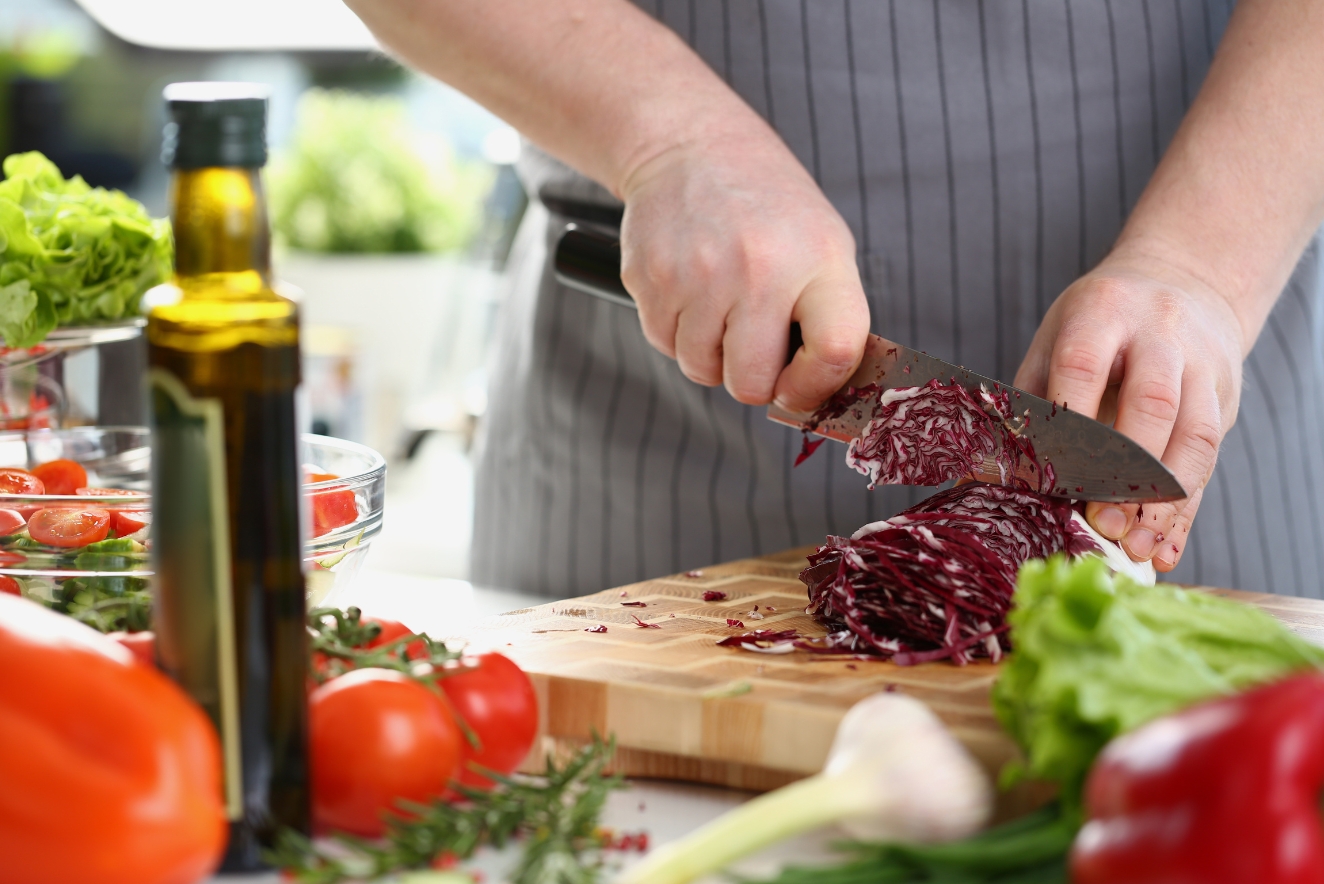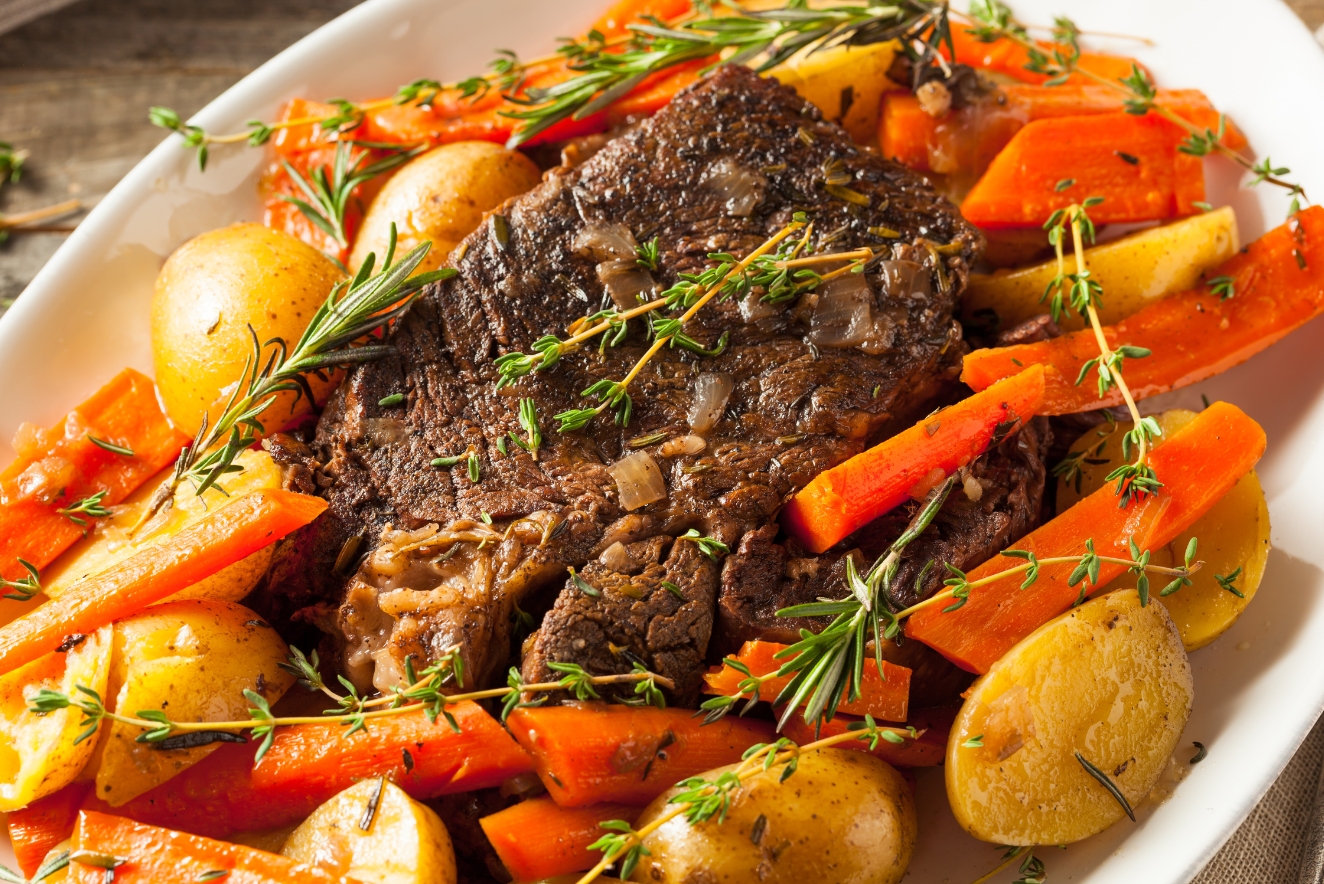Hey there, fellow food enthusiasts! It’s Adeel here, and boy, do I have a treat for you today. We’re about to embark on a culinary adventure that’ll take you from burning toast to whipping up restaurant-worthy dishes. Buckle up!
Why Mastering Cooking Techniques Matters
Let me share a bit about how Claudia and I found our groove in the kitchen. When we first moved in together, we quickly realized we had very different culinary backgrounds.
Claudia had just graduated from culinary school – she could recite cooking techniques in her sleep and knew more about knife skills than I knew existed.
Me? I’d picked up cooking from my mom and a few stints in restaurant kitchens. I couldn’t tell you the fancy French terms, but I could whip up a mean curry and knew my way around a spice rack.
At first, our cooking styles clashed. Claudia would try to recreate elaborate dishes from her textbooks, while I’d throw together whatever looked good in the fridge.
We had our fair share of kitchen disasters – overcooked steaks, underbaked pastries, you name it. But over time, we started to learn from each other. Claudia taught me the importance of precision and technique, while I showed her how to improvise and trust her instincts.
Combining our knowledge and experiences turned out to be a game-changer. Claudia’s mastery of techniques paired with my intuitive approach to flavors led to some truly amazing meals. We started experimenting more, pushing each other out of our comfort zones. Our food got better and better because we understood not just the “how” but the “why” behind each technique.
So whether you’re coming at cooking from a textbook angle or a trial-and-error approach, there’s always room to grow. Mastering these techniques we’re about to dive into? They’ll give you the foundation to take your cooking wherever you want it to go. Trust me, it’s worth the effort.
Essential Cooking Techniques Every Home Chef Should Know
1. Knife Skills: The Foundation of Cooking
Proper knife skills are the bedrock of efficient cooking. Here’s what you need to know:
- Choosing the right knife: A chef’s knife is your best friend. Invest in a good one!
- The claw grip: Keep those fingertips safe by curling them under while holding the food.
- Rocking motion: Use a rocking motion for smooth, even cuts.
- Practice, practice, practice: Start with softer veggies like cucumbers before moving on to tougher ones.
Pro tip: Keep your knives sharp! A dull knife is more dangerous than a sharp one.
2. Sautéing: The Art of Quick Cooking
Ah, sautéing – the technique that’ll make you feel like a proper chef!
- Heat matters: Get that pan hot before adding oil.
- Don’t overcrowd: Give your food some space to dance in the pan.
- Keep it moving: Toss or stir frequently for even cooking.
I remember the first time I successfully sautéed mushrooms. The smell, the sizzle – it was magical!
3. Roasting: Bringing Out the Best in Ingredients
Roasting is like a fairy godmother for vegetables. It transforms them into caramelized, flavor-packed delights.
It’s also a simple, time and effort-saving technique. Here are some tips to get the most out of roasting:
- Preheat, always: A hot oven is crucial for proper roasting.
- Oil and season: A little olive oil, salt, and pepper go a long way.
- Single layer: Spread your veggies in one layer for even cooking.
- Flip halfway: For even browning, flip your veggies halfway through cooking.
4. Braising: Low and Slow for Maximum Flavor
Braising is the secret to turning tough cuts of meat into tender, fall-off-the-bone goodness.
- Sear first: Brown your meat for extra flavor.
- Liquid love: Add just enough liquid to partially cover the meat.
- Low and slow: Cook at a low temperature for a long time.
- Patience is key: Trust the process. Good things come to those who wait!
5. Boiling and Simmering: More Than Just Bubbles
Seems simple, right? But there’s an art to boiling and simmering:
- Salt your water: It’s your only chance to season pasta from the inside out.
- Boil vs. simmer: Boiling is for pasta and blanching. Simmering is for sauces and soups.
- Lid on or off?: Lid on to bring to a boil faster, lid off to reduce liquids.
6. Baking: Precision in the Kitchen
Baking is where cooking meets science. It’s all about precision:
- Measure accurately: Invest in good measuring cups and spoons.
- Room temperature ingredients: Unless specified otherwise, ingredients should be at room temp.
- Don’t overmix: Stop mixing as soon as the ingredients are combined.
- Know your oven: Every oven is different. Get to know yours!
From Techniques to Meals: Putting It All Together
Once you’ve got these techniques under your belt, you can create full meals and start your meal planning for better health and saving money!
Here are a few recipe ideas to practice your new-found cooking techniques:
1. Roasted chicken with sautéed vegetables: Roast a whole chicken while sautéing a medley of veggies for a complete meal.
2. Pasta primavera: Boil pasta, sauté veggies, and toss them together with a bit of pasta water and Parmesan.
3. Braised short ribs: Slow-cook short ribs with vegetables for a hearty, impressive dinner.
Remember, cooking is all about experimentation and finding what works for you. Don’t be afraid to mix and match these techniques to create your own signature dishes!
Your Culinary Journey Awaits
Mastering these basic cooking techniques is just the beginning of your culinary journey. With practice, you’ll find yourself becoming more confident and creative in the kitchen. Before you know it, you’ll be the one impressing friends and family with your cooking skills!
So, grab those pots and pans, and get cooking! And hey, if you set off the smoke alarm once in a while, don’t sweat it. We’ve all been there. The important thing is to keep trying, keep learning, and most importantly, have fun in the kitchen!
Happy cooking, everyone!





